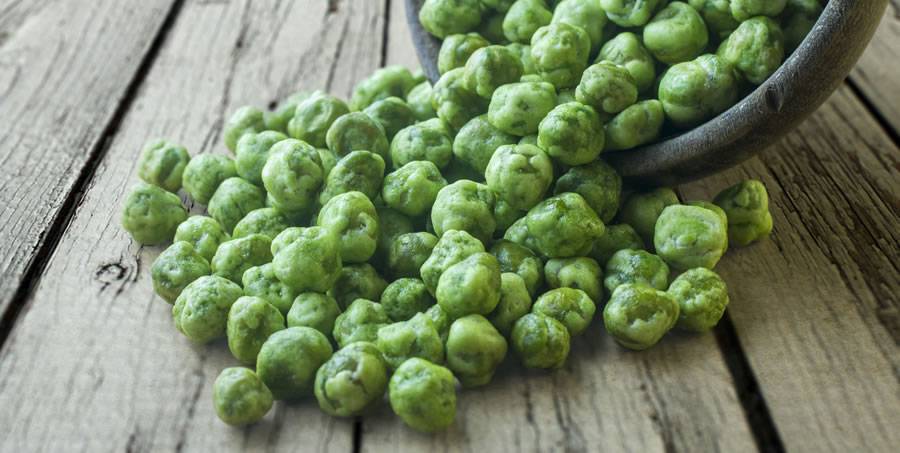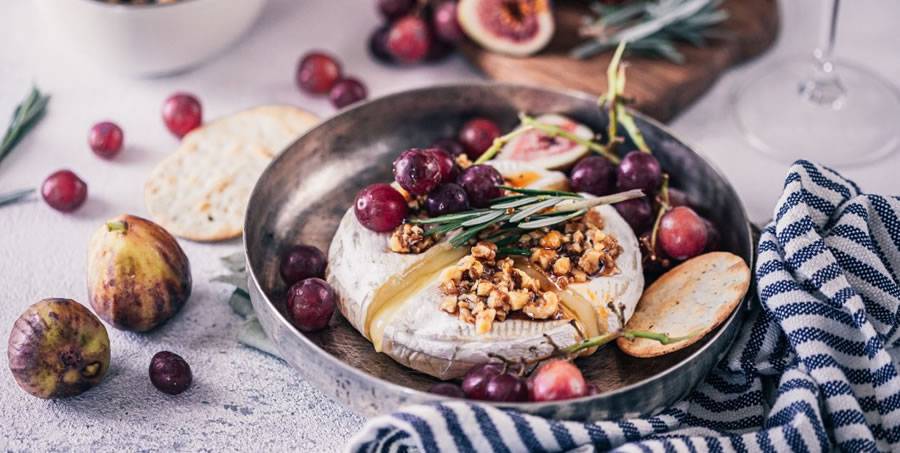One of the hallmarks of a top chef is his or her ability to do interesting takes on food combinations that, at first glance, seem like they wouldn’t go together at all. The first person, for example, to pair peas and wasabi together was a culinary genius.
Think about it. Someone had to test flavors repeatedly – combining and recombining in just the right increments – to arrive at that particular fusion, which I’m told is quite tasty.
To me, it sounds absolutely horrific, but that’s okay. There are plenty of people out there who love it and who will pay good money to get their hands on a food product with that flavor.
If you can connect with your clients and wake up their “taste buds,” so to speak, with new, seemingly opposing forces and combinations, you’ll be able to carve a valuable niche for yourself that will last for your entire career.

Surprise Your Clients With Bold New Combinations
One of the most important things you can do when selecting clients to work with is to consider how they respond to your unique offerings. The bolder you are about juxtaposing unexpected elements in your designs, the more interest you will begin to generate from the types of clients you really want to attract.
Of course, this also means that you might drive away a lot of potential people who aren’t the right fit for you, and that’s perfectly okay. There’s just no way you can please every single potential client you come into contact with, and it’s not a good idea to attempt it.
Freelancers tend to have quite a bit of anxiety over letting some clients go – they need to eat, after all, and a paycheck is a paycheck, right? Well, wrong. As it turns out, everyone’s money is not exactly the same. There is some money you want to stay far, far away from. Better to let those assignments go where they will be most appreciated.
Remember how I said I thought the idea of wasabi flavored peas was horrific? I may never desire to place one of those monstrosities in my own mouth, and I’d never think of taking on a client who (for some weird reason) wanted me to endorse such a product. But it doesn’t really matter what I think. Why? Because I’m clearly not the intended market for wasabi peas.

Let’s stop and consider something for a moment. For everything you hate or find weird, nauseating, or an outright abomination against humanity, there is someone out there who loves it and who will fork over large wads of cash in order to have it.
This applies to everything from food to fashion to, of course, design. Connecting with your clients – the particular group of people who are absolutely crazy about your work – means embracing the quirks that make them, and you, unique.
Varying Your Flavors & Textures
In the professional pastry world, dessert making is an art that has some unique fundamental rules. You can’t just whip up a batch of chocolate chip cookies and serve them to fine diners at a fancy restaurant. True gourmands will laugh you out of business if you try it.
One of the things a pastry chef needs to include in a fine dessert is a variety of textures and flavors. Something fruity, something chocolaty, something creamy, and something crunchy – all at the same time.

Preferably even in the same bite. Desserts that don’t have a harmonious balance of different elements are usually ignored by serious foodies. That’s because top diners – people who pay lots of money for the best meals out there – are looking for dishes that excite them and get them to think about food in new and interesting ways.
Top design clients are the same way. If you produce the same old stale, conventional designs that everyone else is producing, there’s no way you can attract the attention of the people you really want to work with.
A great way to bring some “flavor” variety into your portfolio is by doing as many personal side projects as you have time for. Personal work, as you may have heard me talk about before, is the life and soul of a creative professional’s portfolio, and it can help steer your design career to new heights you never thought possible.
For an example of this in action, check out designer Irvin Lin’s tremendously popular side project, Eat the Love, a food blog that combines Lin’s passions for food, design, and photography.

Photography & Design from Eat the Love.
You don’t have to literally add “flavor” to your personal work by starting a food blog, but the general idea is that you want to build a foundation for your freelancing career that propels you in the direction you most want to go.
Letting Inspiration Fuel Your Creativity
Interesting new things can happen when you let inspiration fuel creativity. A distressing number of designers I know don’t make use of the best ideas they get from their inspiration research. They believe there’s no “practical” use for something that’s too out there.
But putting a relevant spin on seemingly irrelevant ideas is what design is all about. When I was in culinary school, we would get yelled at by our chef instructors when they felt we weren’t being creative enough with our flavor combinations – loudly, and usually in a French accent. I actually think more designers should consider taking a cooking class or two.
If nothing else, it will help you appreciate the next belligerent client you come across, because take it from me: there is nothing more terrifying than a French chef throwing a full-on temper tantrum. Remember that guy in Ratatouille? Yep, he exists.
Nowadays, there are websites devoted to helping home cooks generate ideal food pairings to give their meals a bit more sophistication, but most cooks I know had this concept beaten into their heads the old-fashioned way.
We tasted everything, altered the flavor somehow, and tasted it again, rinsing and repeating until we could run off three dozen different cheeses, vegetables, and wines that went well with an aged boudin sausage.
In my opinion, this is still the best way to go about becoming a food-pairing master. In the same way, you need to “taste” all of the things that inspire you as a designer. You can only find out the limits of what’s possible if you test every different solution you can think of.
Maybe you’re not sure whether a hand-illustrated typeface is the best way to go for your new responsive interface. Or maybe you’re not sure which one you should use. These are the types of things that can only be discovered by doing them many, many times. Good luck!
The post Waking Up the Taste Buds of Your Design Clients appeared first on Speckyboy Design Magazine.